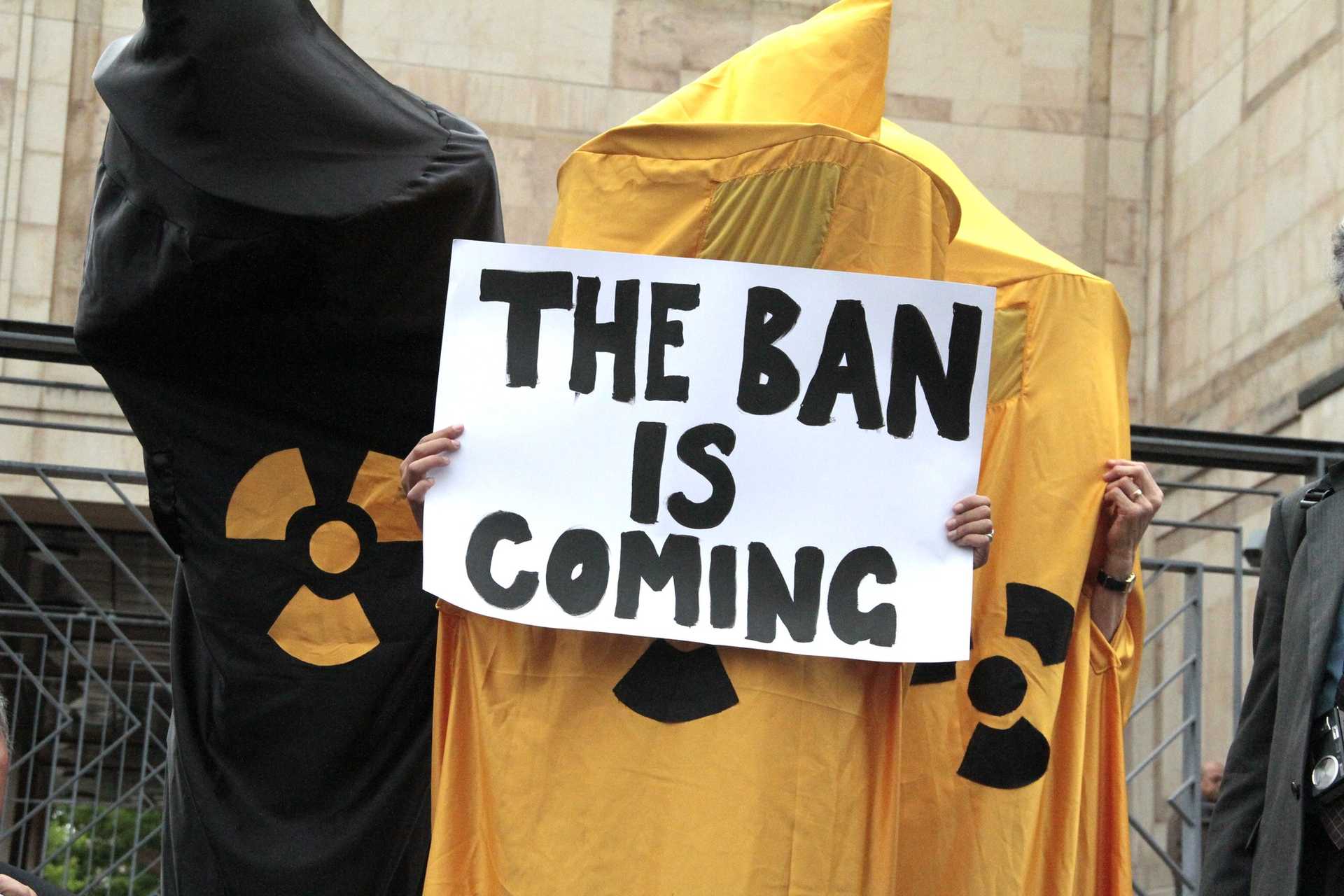This is the main body of the chapter. It can contain bold, italics, links, footnotes1, subheadings, lists, and a series of advanced components listed below.
Callout
This is the title
This is the content of the callout. It can contain bold, italics, and other rich text and components.
Table
Show an inline table.
| Column A | Column B | Column C |
|---|---|---|
| Alice | Apples | Tables can contain bold |
| Bob | Oranges | and italics |
| Charlie | Bananas | and links |
Lecture video
Glossary Terms
Show an inline definition for technical terms or abbreviations like or . Term definitions are global across all learning units, and you can embed existing definitions into your text. Definitions you provide will in turn become available to all other learning unit authors.
Figure
Both raster images (PNG, JPG, etc.) and vector images (SVG) are supported. Raster images are automatically scaled and converted to web-ready formats. Images can be displayed in several sizes and positions. Right-click saving can be optionally discouraged.

This is the caption for this medium-sized image.
Image gallery
Image galleries can be used to display several large images together.

Gallery image 2.

Gallery image 1.
Tabs
Detail/Expand
Plain
Title A
This is an expanded description of a concept. There is no length restriction, and you can use italics, links and other formatting.
Title B
Description B.
Numbered
Title A
This is an expanded description of a concept. There is no length restriction, and you can use italics, links and other formatting.
Title B
Description B.
Flipcards
- This the front of the card.
This is the back of the card. Both sides of the card shouldn’t have more than 25 words.
- And here is another card
… and here’s the back of that one.
Timeline
- 1675
Strasbourg Agreement
Signed between France and the Holy Roman Empire following the Siege of Groningen (1672), this treaty was the first international agreement banning the use of chemical weapons, specifically poisoned bullets.
- 1863
Lieber Code
The Lieber Code (named after its author, the legal scholar Franz Lieber) was a set of instructions issued by Abraham Lincoln to Union soldiers in the American Civil War. Among other provisions, it prohibited the use of poison on the battlefield:
Quote
Both styles support a citation, an optional audio file and an optional link to the full document.
Style A (Default)
[…] Every gun that is made, every warship launched, every rocket fired signifies, in the final sense, a theft from those who hunger and are not fed, those who are cold and are not clothed.
Dwight D. Eisenhower, "Chance for Peace", speech to American Society of Newspaper Editors.
Style B (Document)
[…] Every gun that is made, every warship launched, every rocket fired signifies, in the final sense, a theft from those who hunger and are not fed, those who are cold and are not clothed.
This world in arms is not spending money alone. It is spending the sweat of its laborers, the genius of its scientists, the hopes of its children.
Dwight D. Eisenhower, "Chance for Peace", speech to American Society of Newspaper Editors.
Embedded graphics
Our existing learning units include a series of interactive graphics produced by an external agency. These can be embedded in new learning units and should behave as expected:
Medium
Embeds can have a caption to give additional context. This has no character limit.
Large
Resolution
Displays reusable information about a UN Resolution.
UN Security Council Resolution 1540S/RES/1540
UNSCR 1540 establishes new obligations for member states to develop and enforce legal and regulatory measures against the proliferation of chemical, biological, radiological, and nuclear weapons and their means of delivery, in particular, to prevent the spread of weapons of mass destruction to non-state actors.
Treaty
Displays reusable information about a treaty or other legal instrument. Participant data is sourced from either the United Nations Treaty Collection or the UNODA Treaties Database and updated weekly. We currently treat all UN states, Niue, and the Cook Islands as potential members in all treaties.
Treaty on the Non-Proliferation of Nuclear Weapons
The Treaty on the Non-Proliferation of Nuclear Weapons (NPT) is a central part of the global effort to prevent the spread of nuclear weapons, promote cooperation in peacful uses of nuclear energy, and to further the goal of nuclear and general disarmament.
Current Adoption
Data: UNODA Treaties Database
Institution
Displays reusable information about an institution.
Organisation for the Prohibition of Chemical Weapons
The Organisation for the Prohibition of Chemical Weapons (OPCW) is the implementing body for the Chemical Weapons Convention (CWC), which entered into force on 29 April 1997.
Quiz
Footnotes
-
This is the footnote content ↩